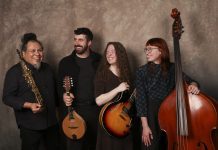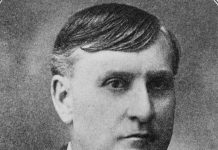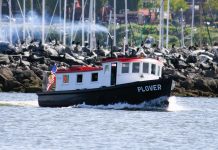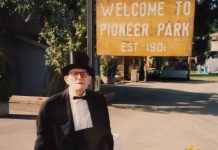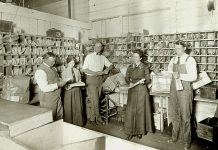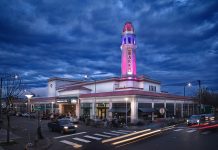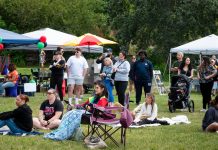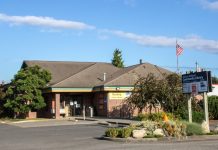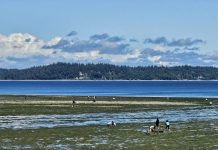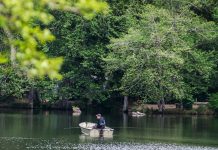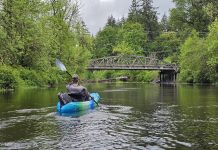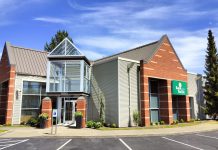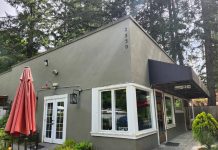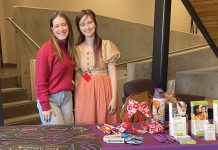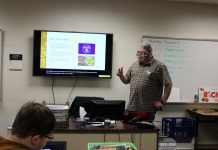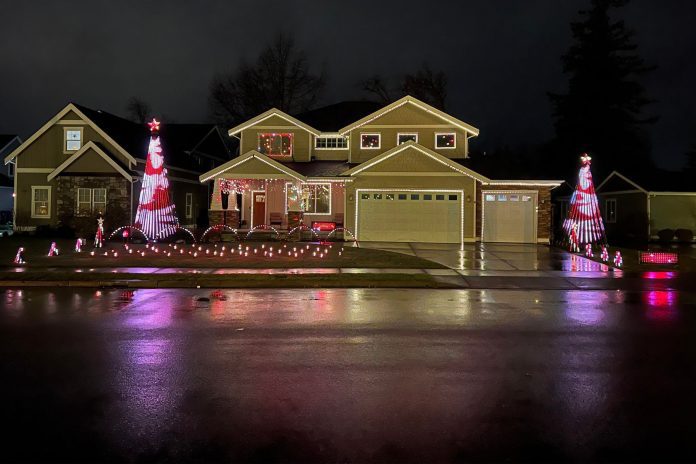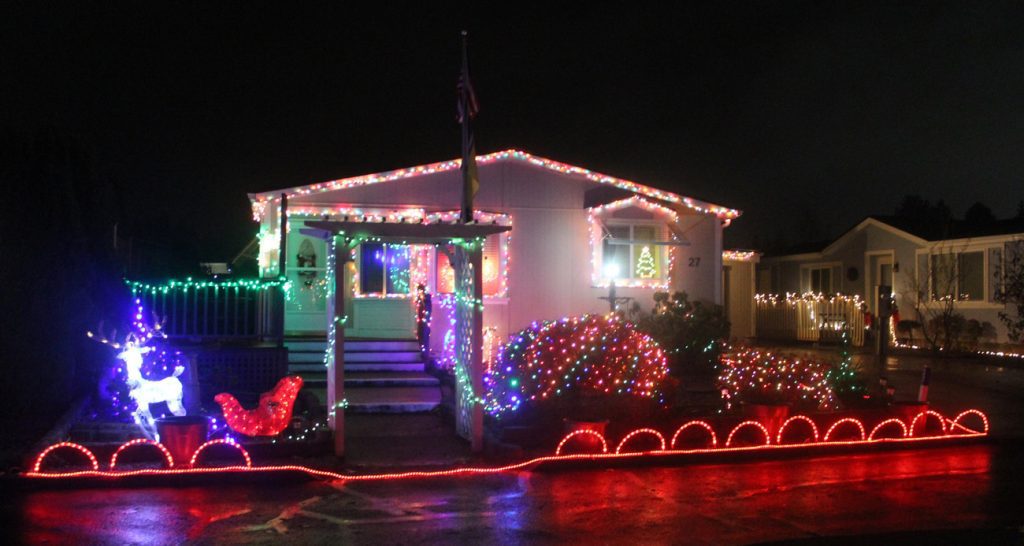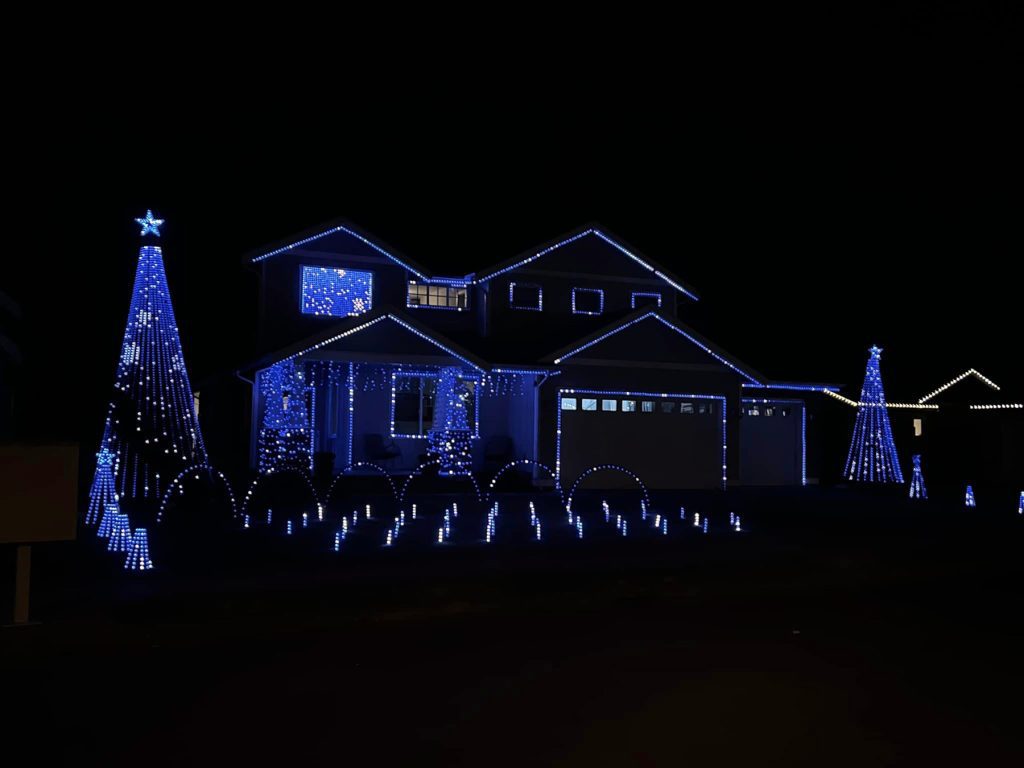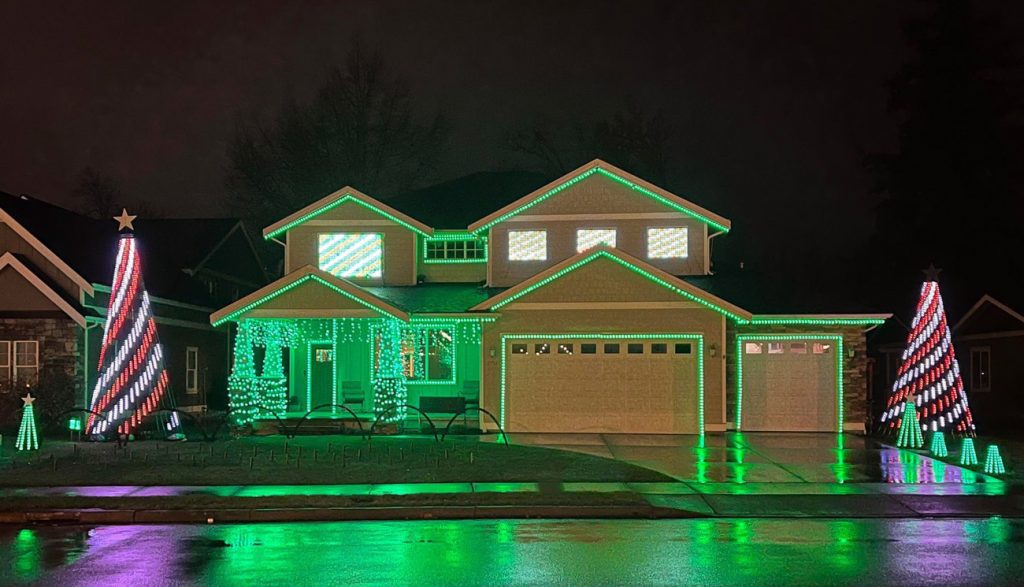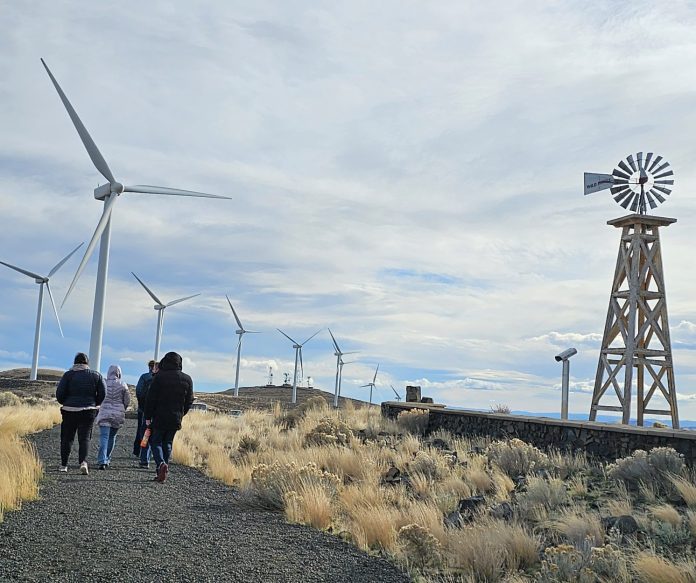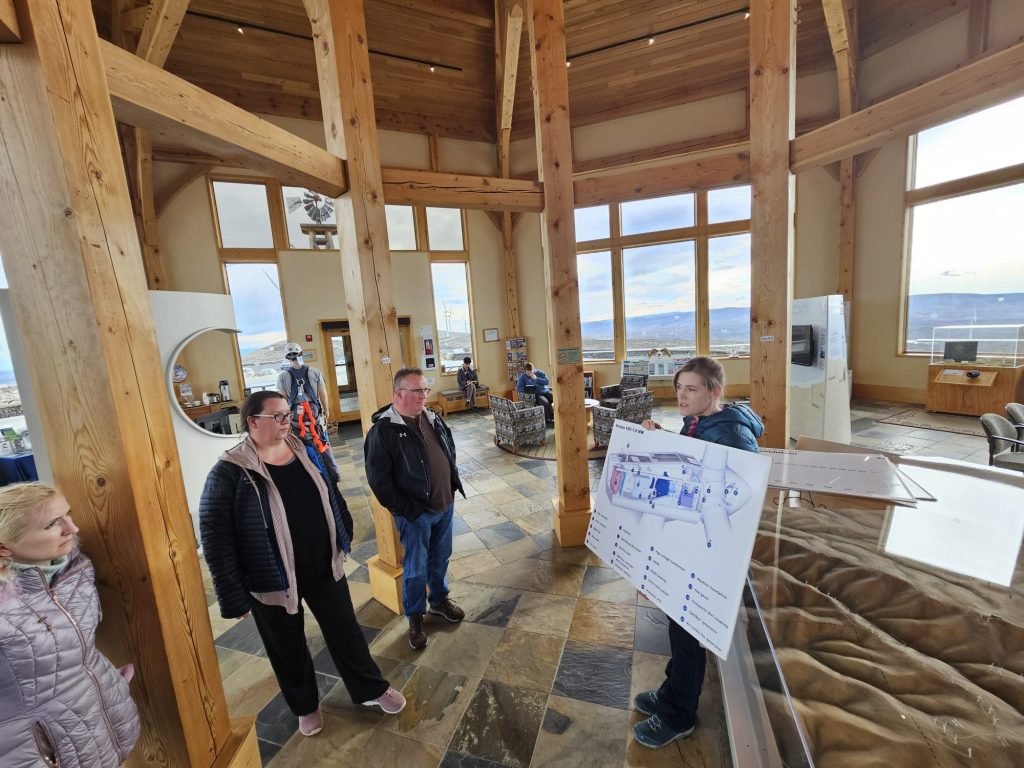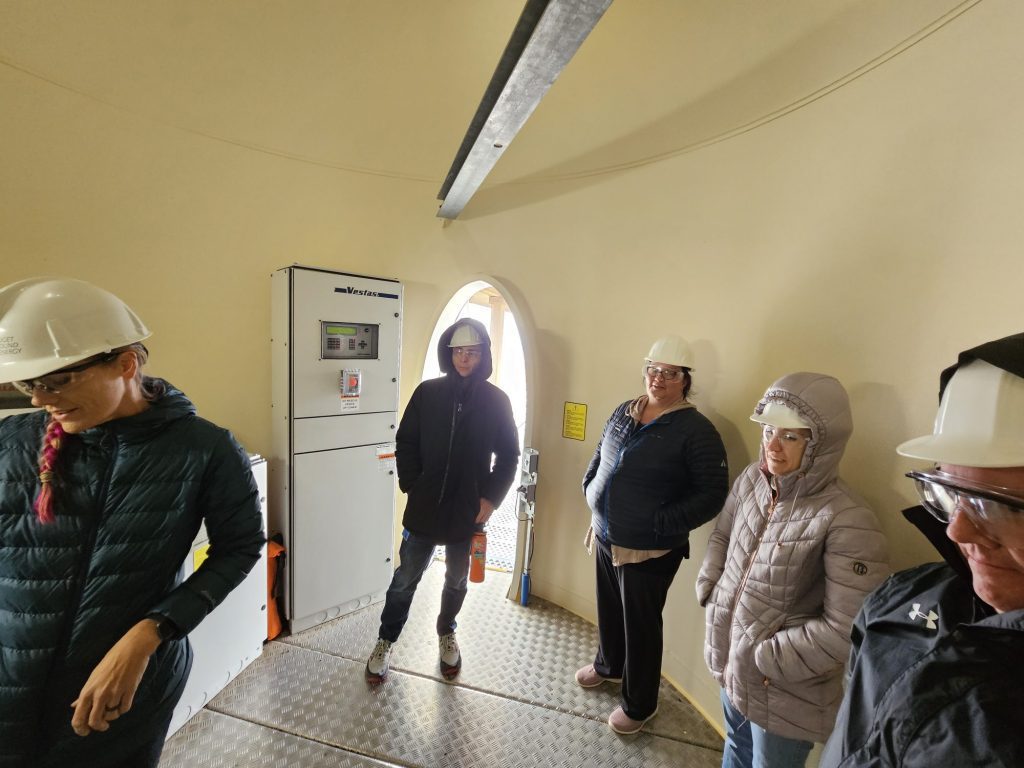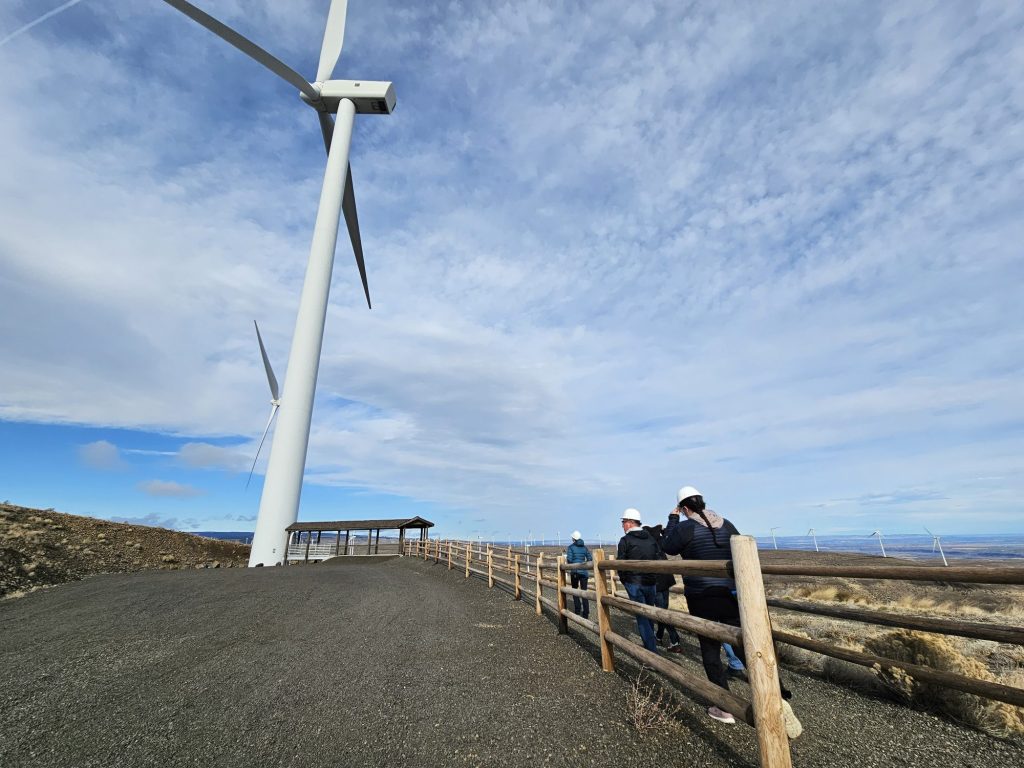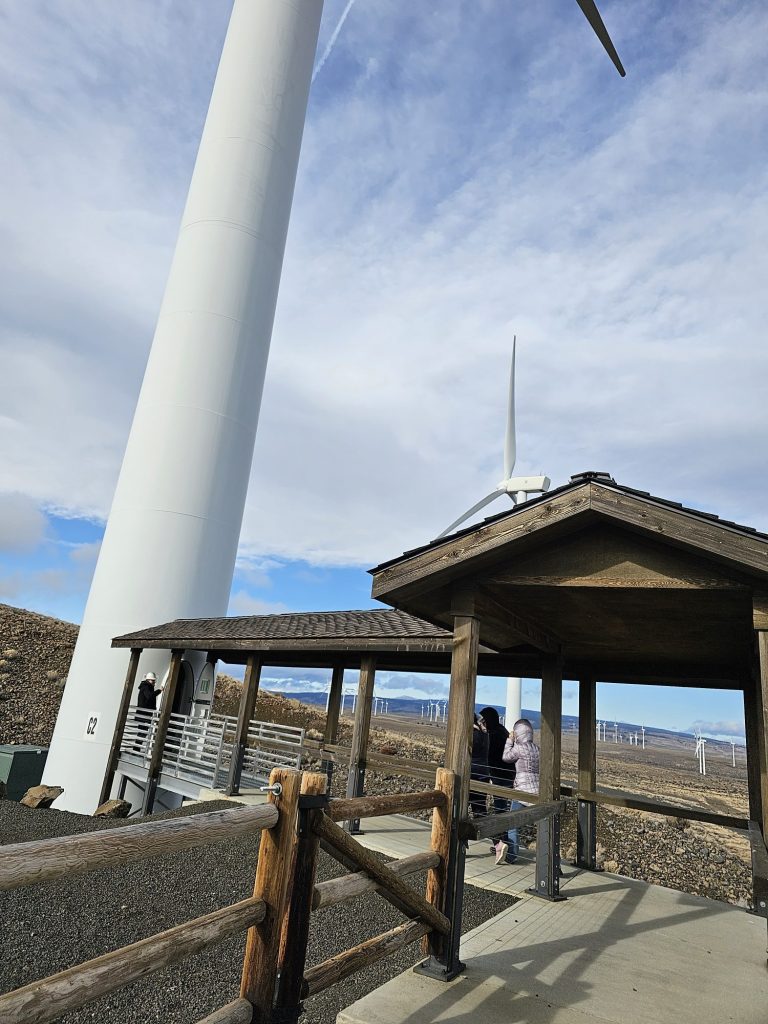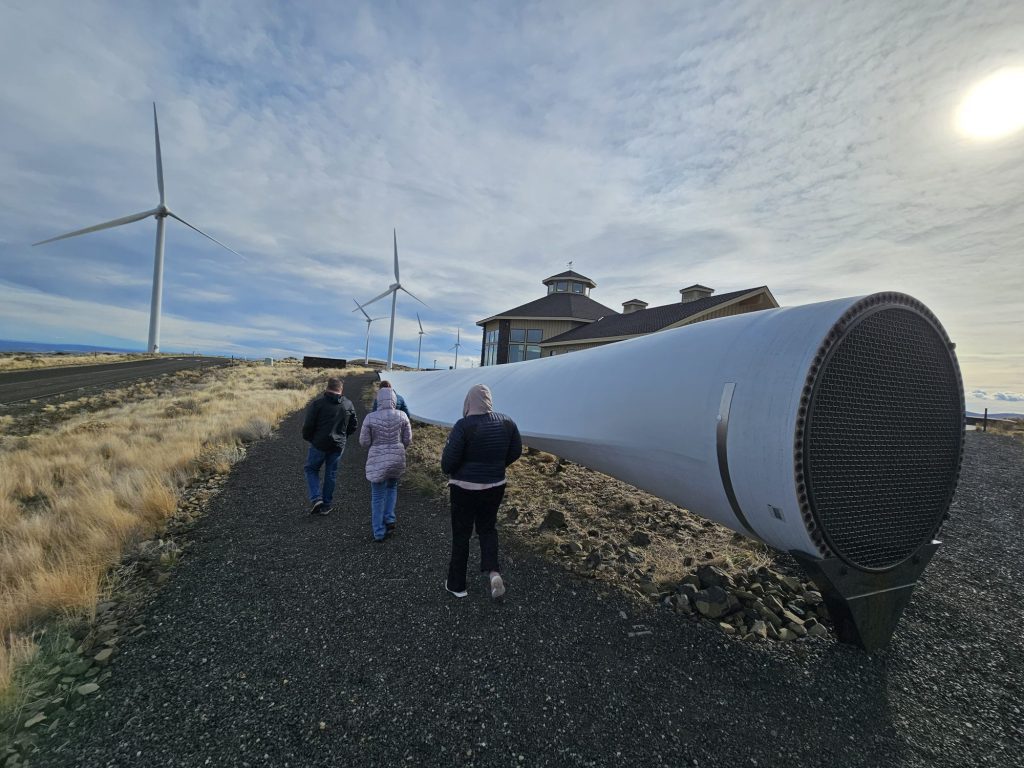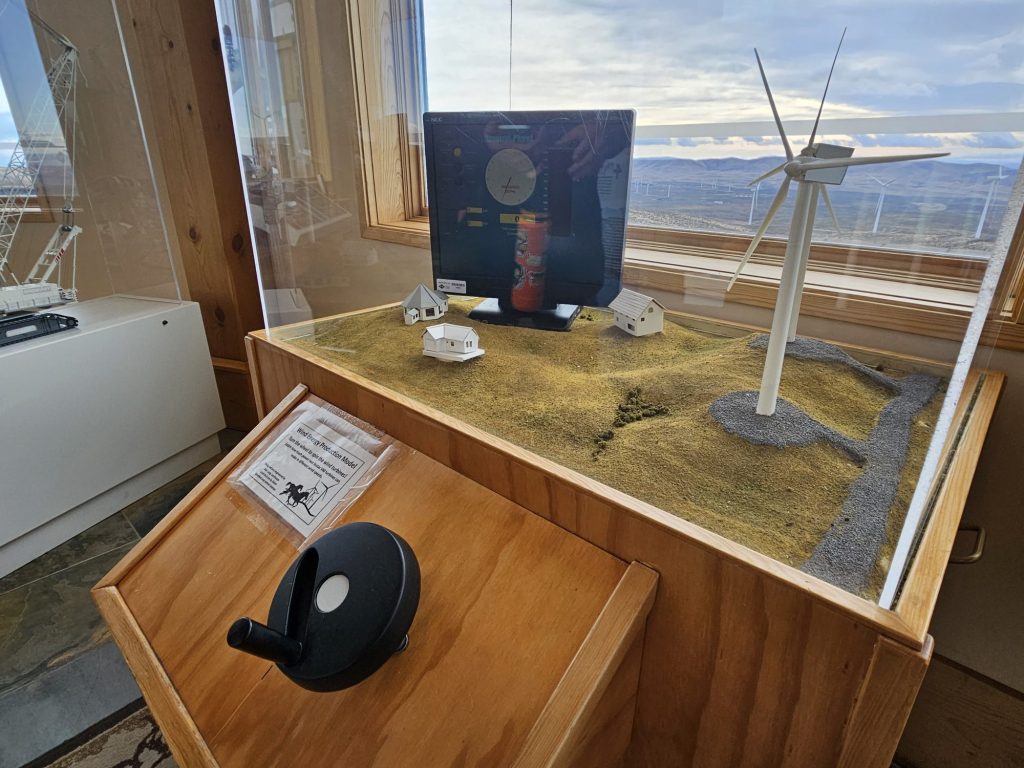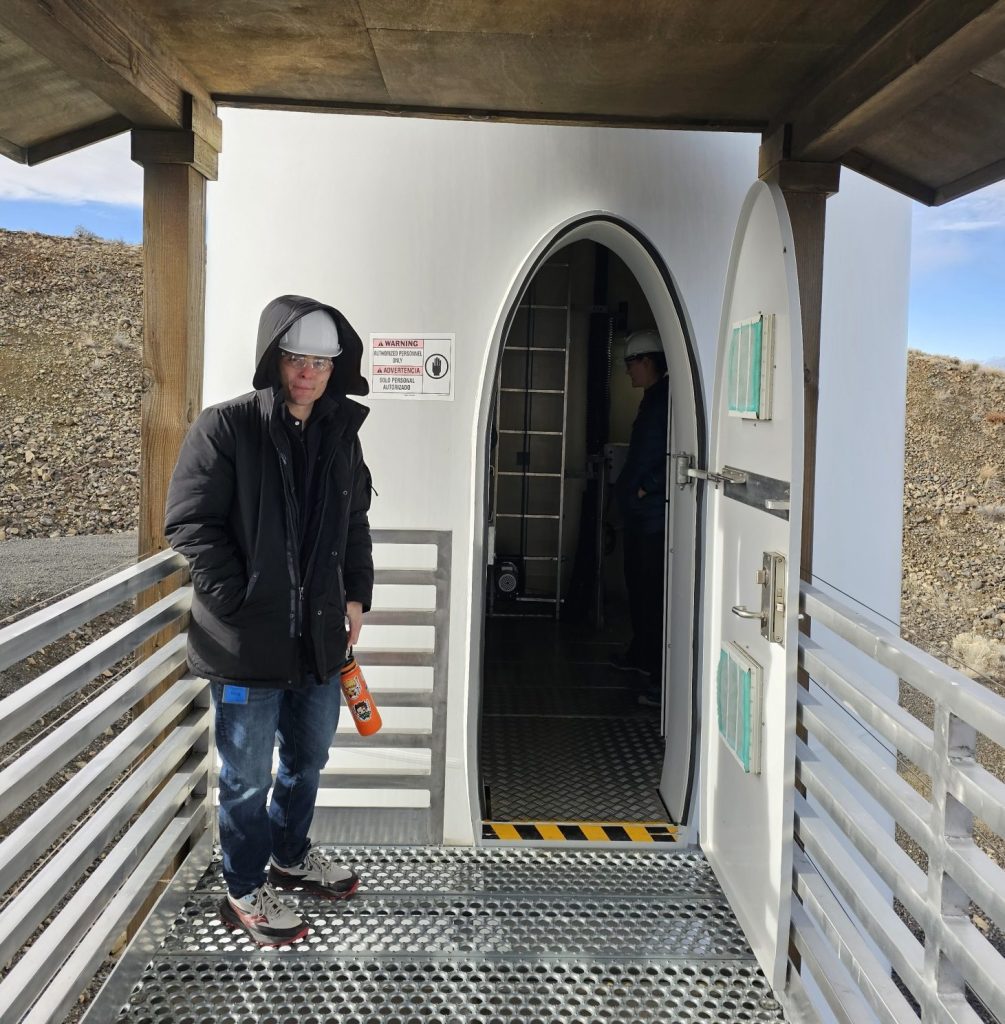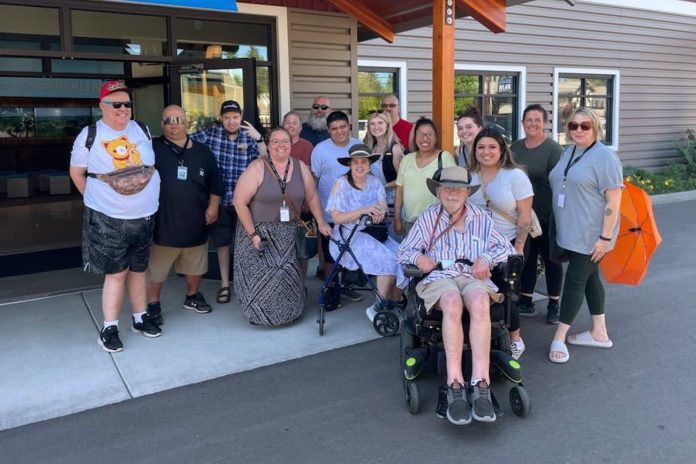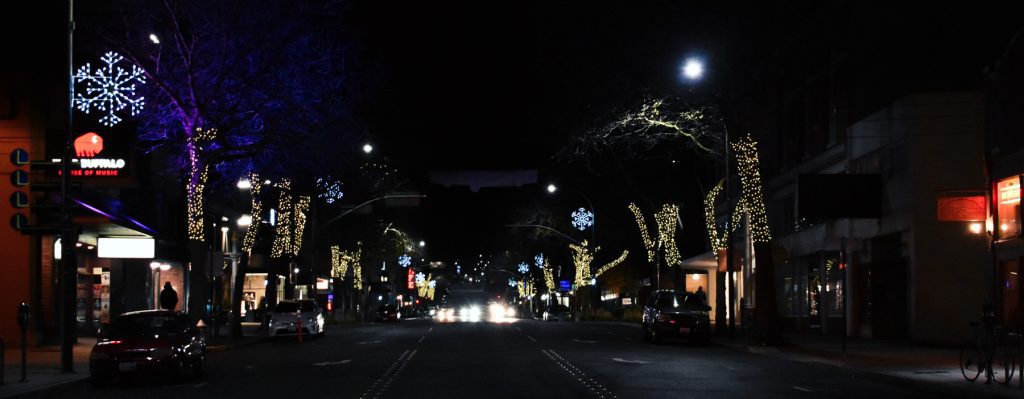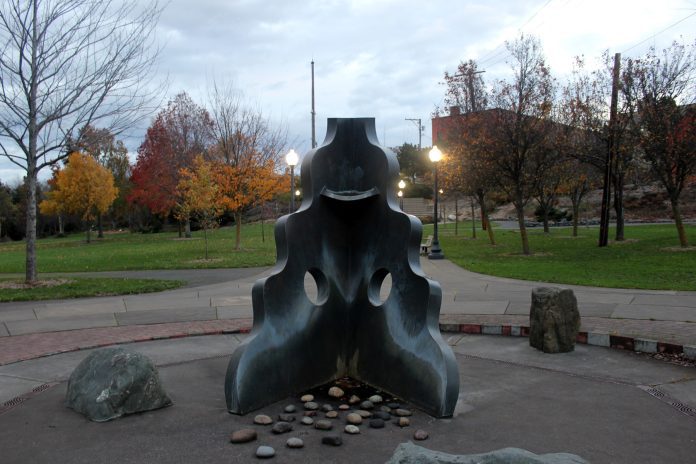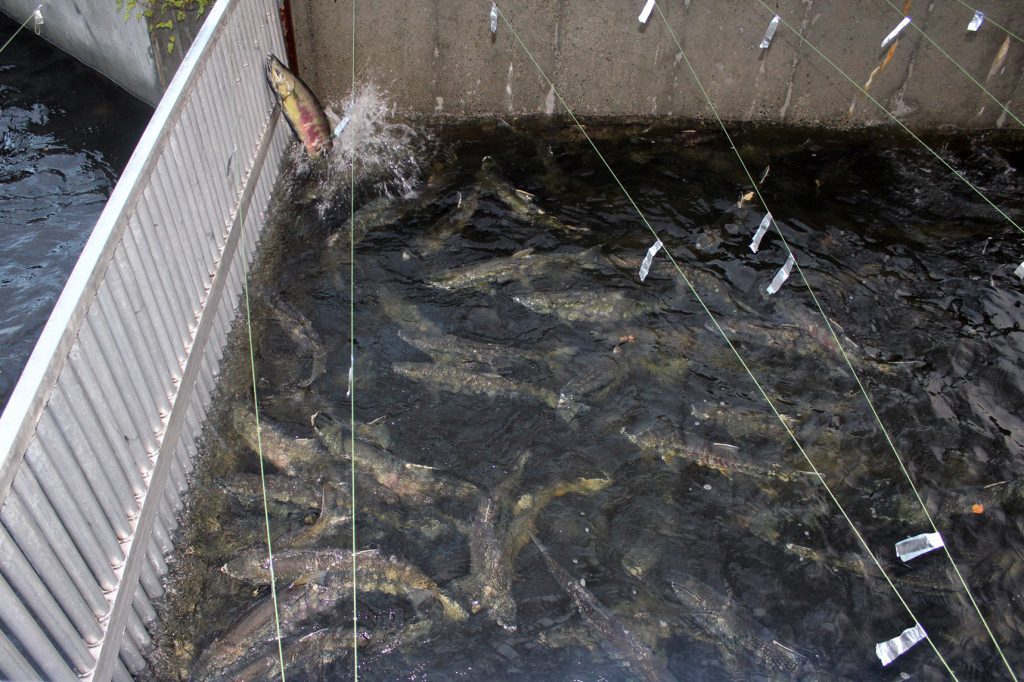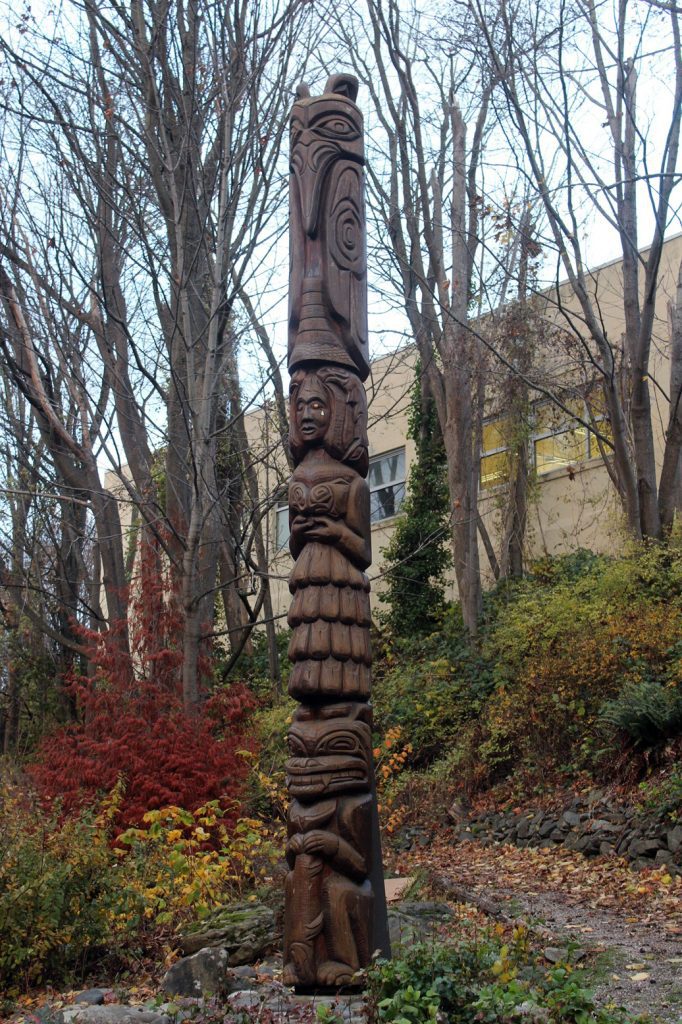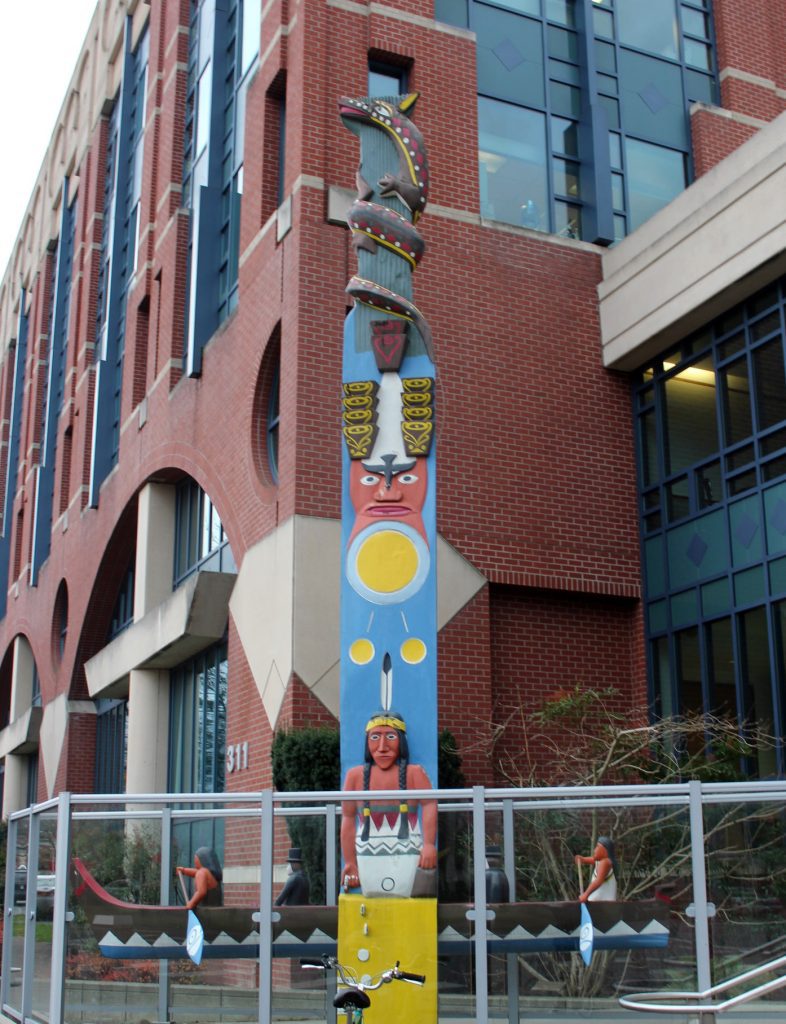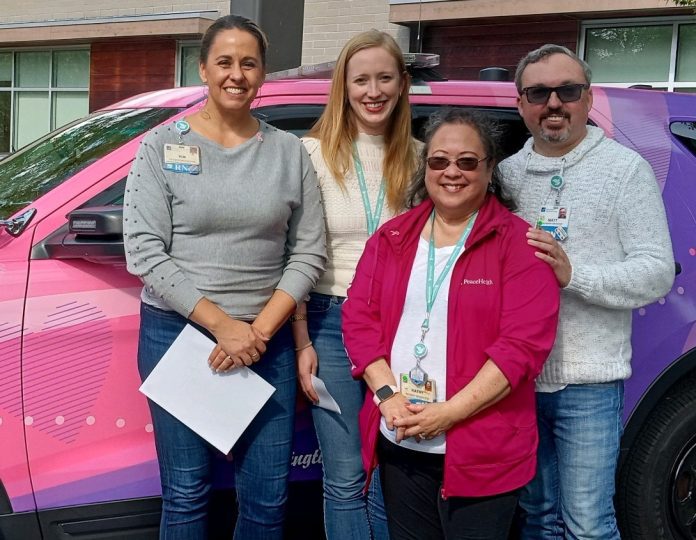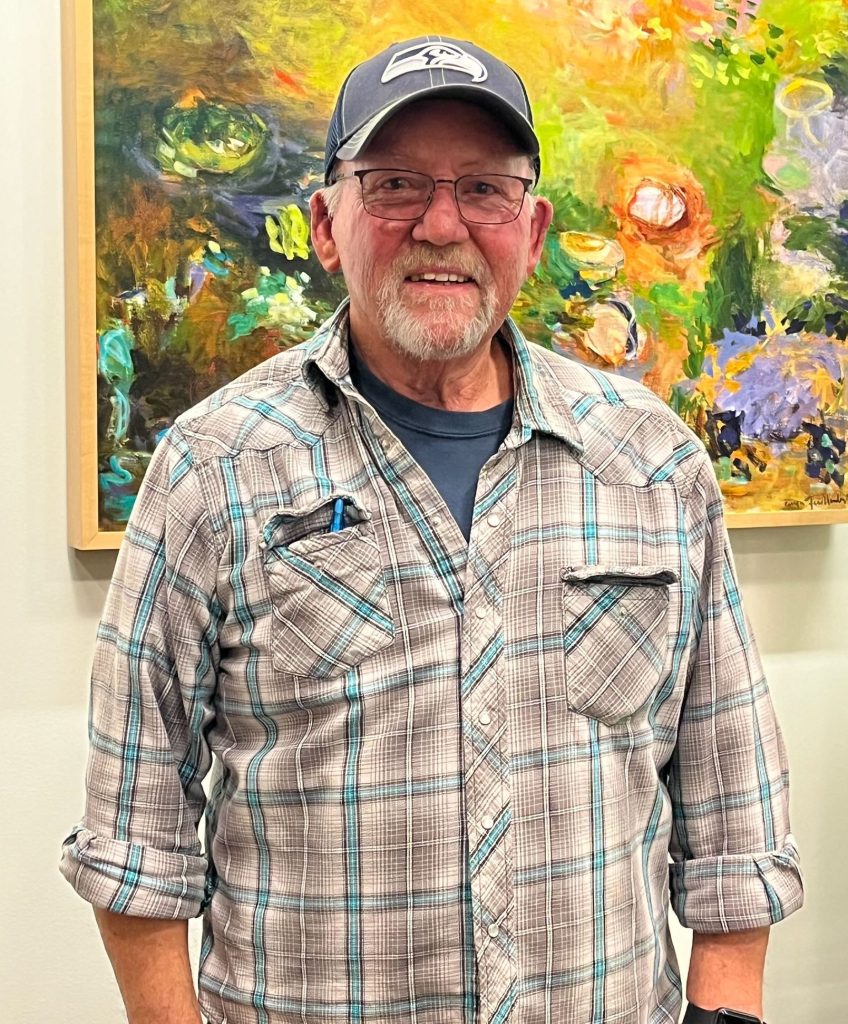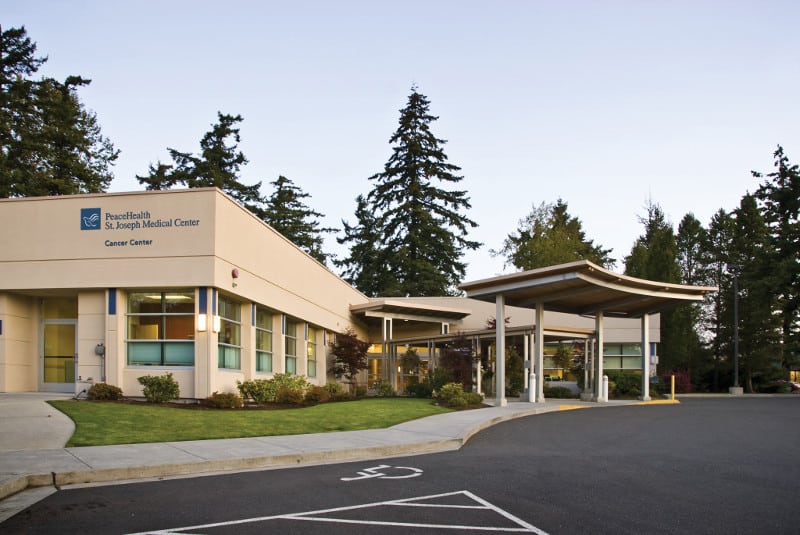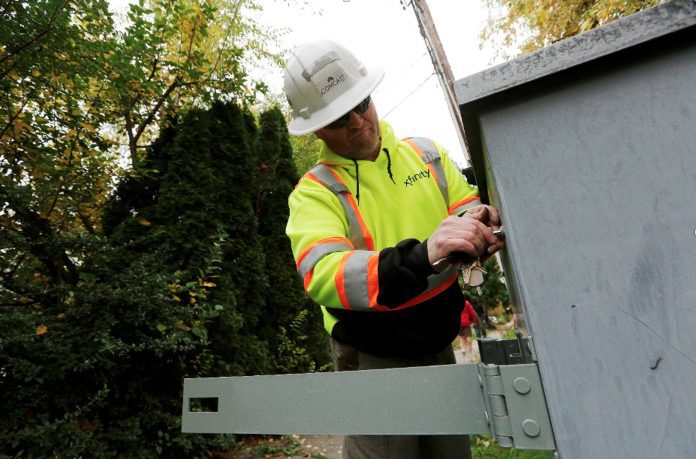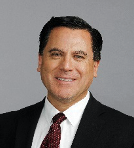Submitted by Comcast
The adoption of streaming video has been steadily increasing nationally and here in Washington. The popularity of streaming services like Netflix, Peacock, Amazon Prime Video, Hulu, and others contributes to this growth. Joining the variety of streaming boxes and sticks that allow consumers to access these services is a new consumer-friendly option available to Xfinity customers.
Xfinity Internet customers in Whatcom County have a new option to enjoy streaming entertainment in their homes with the launch of Xumo Stream Box. Available at no additional monthly cost, this unique 4K streaming device features a user interface with universal voice search capabilities, making it easy for consumers to find and enjoy their favorite streaming content.
Consumers have multiple options when considering a purchase or using streaming devices. Features, functionality, and customer benefits are some of the key considerations to answer: Why choose Xumo?
For starters, Xumo Stream Box offers all the same search and discovery features Xfinity cable TV customers receive with X1 in a new user experience that makes it even easier for them to navigate between their favorite live, on-demand or streaming content. Check out this video, and, or read below to learn more about what you can do with Xumo Stream Box from Xfinity:

Spend more time watching and less time searching
Finding something to watch across streaming apps can be frustrating and time consuming. Xumo Stream Box helps simplify streaming so you can spend less time searching and more time watching with key features like live TV at start-up, leading voice search, an integrated guide, and all the most popular apps preloaded and ready to watch.
You can search for a show or movie by saying its name into the included voice remote, and Xumo Stream Box will search across available apps and services to find it. Xumo Stream Box uses both AI-driven personalization and an in-house editorial team to surface content recommendations within the experience, helping you find something to watch without having to jump in and out of apps.
Instant app access, with more ways to personalize than ever
Xumo Stream Box comes preloaded with hundreds of streaming apps, no need for you to download before they watch. You can simply say the name of the streaming service into the voice remote, and Xumo Stream Box will find and launch it. For the first time, Xfinity customers will be able to build personalized viewing lists for every member of the family with “My List.” With just one click, you can add any show or movie available on Xumo Stream Box to a specific list, giving them a quick way to find what to watch next.

Access Xfinity Stream channels quickly and easily
Live channels from Xfinity Stream are always front and center on Xumo Stream Box, making it easy for broadband customers to find something to watch among the app’s 20+ FAST channels, and for NOW TV customers to quickly access and enjoy their 40+ streaming channels from A&E, AMC, Hallmark, Warner Bros. Discovery, and more. New features like the “currently playing” tile that shows what’s airing on the last Xfinity Stream channel you watched, and the built-in channel guide makes browsing Xfinity Stream channels a seamless part of the experience.
Xumo Stream Box is powered by EntertainmentOS, Comcast’s new entertainment experience that combines an intuitive UI, a robust metadata platform, and award-winning voice technology into a scalable experience. Xumo Stream Box is now available to new Xfinity Internet and NOW TV customers. If you’re interested in learning more about the device, you can visit www.xfinity.com/xumo.




